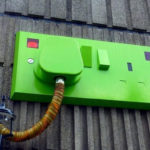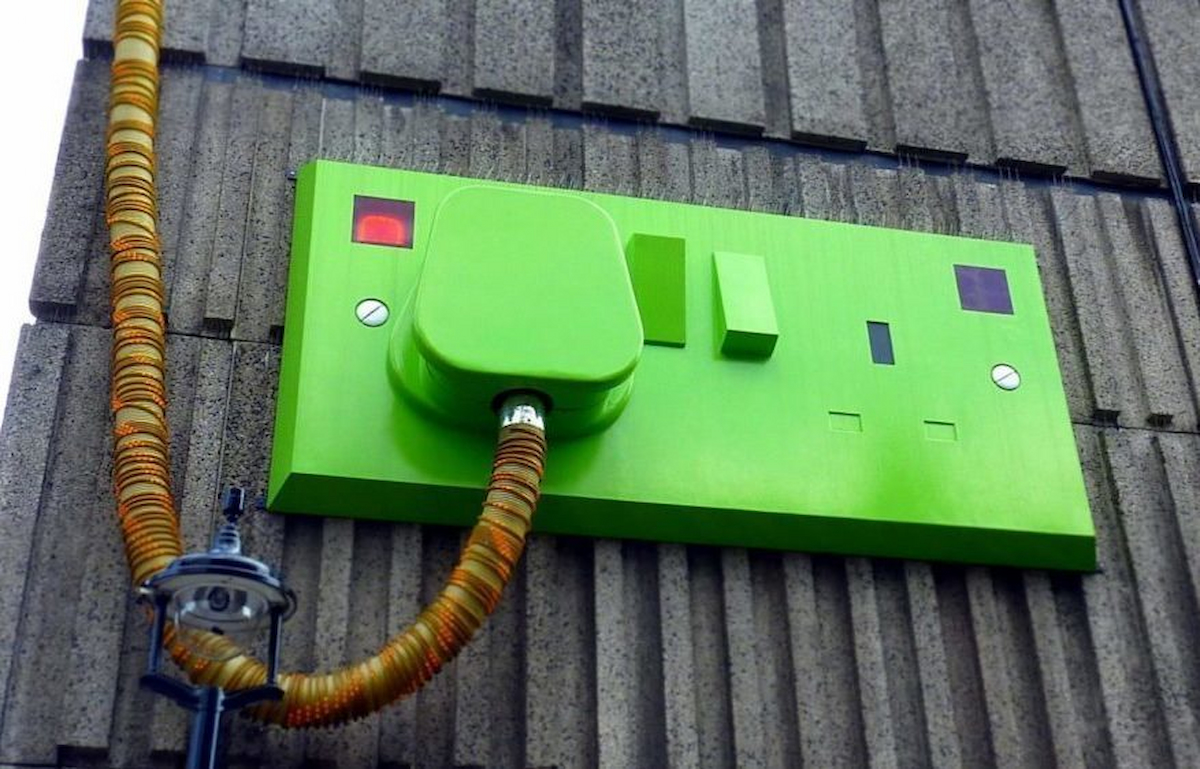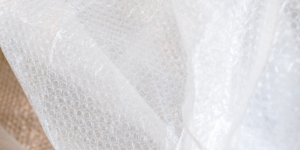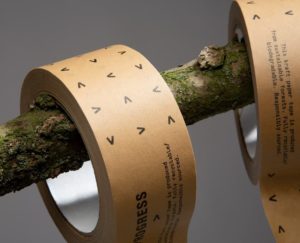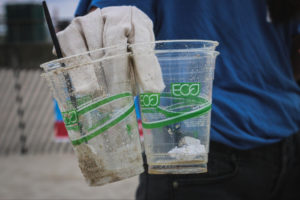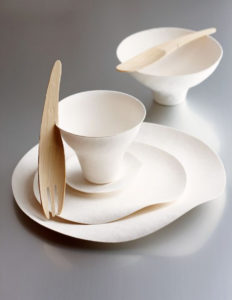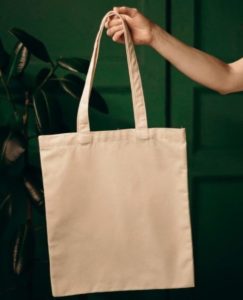Why Buy Second-Hand?
When buying new furniture for your bar, pub or hotel, you may be surprised at the impact buying second-hand can have on your carbon footprint. This often overlooked area can provide significant cost and carbon savings for your small hospitality business.
A 2019 survey has shown that 82% of furniture buyers in the UK consider sustainability when making a purchase. Half of these buyers are completely unaware that purchasing a new piece of furniture generates a much higher carbon footprint than a second-hand one. In some cases, new furniture has as much as 16 times higher carbon footprint than a used furniture piece.
This all comes back to the mantra of Reduce, Reuse, Recycle. Reducing the demand for new furniture, and reusing existing furniture, will always be better for the environment than buying a new piece from recycled materials.
Manufacturing and shipping, from Asia for example, increase substantially the carbon footprint of a new piece of furniture. A report from the NGO Oceana revealed in 2007 that up to 4% of human-caused carbon emissions are caused by global shipping and that this number could increase to as high as 17% by 2050. This is the main reason why you can lower your carbon footprint by choosing to purchase older, yet perfectly functional, furniture – as well as be part of the circular economy!
Based on a study done by the Furniture Industry Research Association (FIRA), the following table shows some estimates of the carbon footprint generated by a new piece of furniture and also its equivalent in miles driven using the Small 99 Carbon Translator.
| New Furniture Piece | Carbon Footprint (kgCO2e) | Carbon Footprint (kgCO2e) |
|---|---|---|
| Bench desk for 6 people | 228 | 695 |
| Sofa | 90 | 275 |
| Task Chair | 72 | 220 |
| Wooden Cabinet | 48 | 146 |
| Work station (1600 * 1200mm) | 45 | 137 |
| Arm Chair | 43 | 131 |
| Visitor Chair | 36 | 110 |
| Dining table (1600 * 1800mm) | 35 | 107 |
| Cupboard | 31 | 95 |
| Desk high pedestal | 28 | 85 |
| Bookcase | 18 | 55 |
| Footstool | 17 | 52 |
It has been estimated that Britons throw away more than 300,000 tonnes of reusable furniture every year. When compared, this could mean as much as 10 million 30kg dining tables that have emitted around 350,000 tonnes of CO2 in their production. For this reason, the market for the resale and leasing of second-hand furniture has grown significantly and now offers a range of benefits – saving you carbon as well as cash!
Now that we have shown you this, you are probably wondering how much second-hand furniture there is and where you can get it.
What to consider when buying second-hand furniture for your bar, hotel restaurant or pub?
When looking to renovate or refurbish your wine bar or pub, it can be tempting to pour over shiny brochures filled with new tables and chairs. However, all of these items come with a hidden cost of a high carbon footprint. Aiming to reduce your carbon footprint will not only save you money, but it will also make your business more appealing to 43% of global consumers that expect businesses to be accountable for environmental impacts.
To make your business more sustainable, you should buy as much second-hand as possible. Here’s how to save carbon and cash, when doing up your bar or restaurant.
Buy as local as you can to scrutinise each piece and lower your carbon footprint
Nowadays most purchases are made online, however, this should not be an impediment for you to take the time to scrutinise what you are going to buy. In the case of second-hand furniture, it is important that you can check the quality of the piece before purchase. To do so, it is important that you try, as much as possible, to look for suppliers close to you.
Consider the local shipping and/or distance to travel in order to get your second-hand furniture. The previous table has shown us the equivalence between the carbon footprint of a new piece of furniture and the miles driven in a car. With this information, we can see that there is still a chance that we might be not reducing our carbon footprint if there is a great amount of miles driven to get it.
Materials
Consider the materials in which the furniture is built, specifically those that make up the supporting elements. Here it is important to know that, for example, hinges, rails and/or paint are things that can be repaired or replaced. However, support systems like surfaces, legs and drawers are the support parts of the furniture and should be made with good materials.
The life of the furniture will be significantly much longer if the support parts are made with materials such as hardwood and/or metals. For legs and drawers look out for wood such as oak and maple, it will last for a long time. Also, metals like aluminum and wrought iron look nice when repaired and are a guarantee that your furniture will last longer. In contrast, softwoods like pine and tin metal don’t usually withstand the passing of time. For surfaces, the same applies but some wood or metal laminate/veneers will do the job if they have been taken care of.
Do not repair/adapt second-hand furniture with high carbon footprint materials
The best scenario would be to be able to buy a second-hand piece of furniture that meets your needs in use and design immediately after the purchase. However, we know that sometimes it is necessary to DIY or hire a service to repair/adapt your furniture for later use. To do this, we advise you to try to avoid replacing materials such as timber, metal and foams because they have a high contribution to furniture´s carbon footprint according to the FIRA study.
DIY repairs and refurbishments, it can you save you money
As mentioned previously, we need to check for the quality and impact of the materials of our second-hand furniture. Chances are you will only need to do minor adjustments, polishing, sanding and painting of your recently purchased furniture. However, we advise and encourage you to do it yourself because it can save you a lot of money.
For example, laminates can be glued back or metal parts just need rust removing. The market for craftsmanship is varied and big now and you can find almost any DIY video on the internet.
Where to buy second-hand furniture for your bar, hotel restaurant or pub?
The market for the sale, purchase, repair and re-sale of second-hand furniture is growing significantly in the UK. Today there are many options to buy from that can be classified as follows:
Direct Second-Hand marketplaces and sellers
- Second-Hand Pub Equipment
- Second-Hand Hotel Furniture
- Second-Hand Chairs and Tables
- Second-Hand Vintage and Reclaimed
- Second-Hand Org
- City Furniture Clearance Ltd.
- Selency
- Mayfair Furniture
Companies dedicated to refurbish and sell used furniture “as new”
- Ex Display Furniture
- Retrouvius
- Reborn Furniture
- Heritage Refurbishment (Bourne) Ltd.
- Contract Furniture UK
Other online marketplaces to connect with sellers
Other opportunities for office/business furniture
- LOF Office Furniture
- Crown Workspace UK
- ReThink Office Furniture
- RBF: Recycled Business Furniture
- Kings Office Furniture
- City Used Office Furniture
- ORS: Office Recycling Solutions

